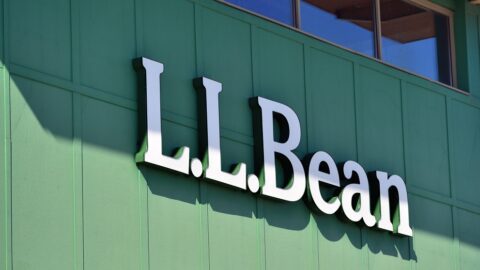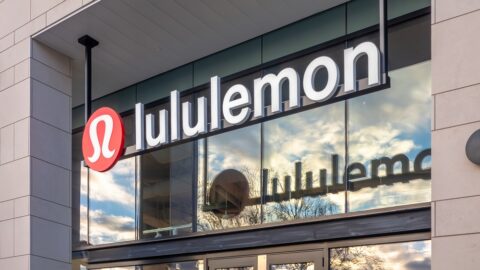With 6,700 locations in 44 states and $7 billion in annual sales, Family Dollar hardly seems to have any issues driving sales growth. However, when the company’s frenetic sales growth slowed a bit a few years back, the company’s management quickly looked to upgrade the chain’s merchandising strategy.
“When we hit a bump in 2006 and comp store sales dropped, we realized that we needed to look at delivering product in more relevant ways to consumers,” says Shari Raznick, Divisional VP, IT Solutions Delivery, Merchandising & Supply Chain, Family Dollar. “We had literally been doing business the same way for a very long time—with the buyer as king.”
A growing company, Family Dollar had been opening 200-600 stores per year and recently added nine new DCs. “We were so busy in the present that we were not focusing on future planning,” Raznick explains.
To begin the transformation, Family Dollar highlighted three areas of improvement: Sales, Productivity and Profitability. To accomplish these goals, Family Dollar buyers started with work in sync with planners and allocators. “We had not been aligning performance metrics with job responsibilities,” says Raznick. “Now collaboration has really improved.”
The retailer also developed support organizations around the buyer, including a pricing department and category management. “Previously those support functions did not exist,” Raznick notes.
Technology brings goals up to speed
With Oracle as its primary technology partner, Family Dollar began to develop a flexible framework that allows for future growth, including a common user interface and exception-based reporting. “From a 2006 Gap Assessment, we found out that we were lagging in merchandise planning and space planning,” says Raznick.
“The first thing we did was implement merchandise financial planning, which has driven a lot of change,” Raznick says. “We are now planning at a seasonal level.” Next steps in 2009 are launching assortment planning/store clustering and space planning, she says. “Our ultimate goal is to take the financial plan, feed it into assortment plan, drive allocation into stores and ultimately improve replenishment.”
Further into the future, Family Dollar is looking at lifecycle pricing/promotion. “Even though we are an EDLP retailer, we have become much more promotional lately,” says Raznick. “In the past we have used scrappy tools to get by and we know we need better tools.”
Change management is key
Any successful transformation begins with change management, says Raznick. “We placed a huge focus on culture change. We brought in outside consultants to help educate the staff from the top executives down. Now everyone in the company has an Individual Development Plan (IDP).”
To keep the lines of communication open, Family Dollar formed steering committees, holds regularly scheduled leadership meetings and town halls and initiated weekly newsletters.
Proper project execution helps the process run smoothly. “We developed a roll-out cadence,” Raznick explains. “After go-live we assign a business owner to the implementation and we monitor solution adoption.”
With better processes and systems in place, Family Dollar has been able to stay on top of its retail sector, recently scoring a 35.60% increase in year-over-year quarterly earnings, according to Yahoo Finance.












